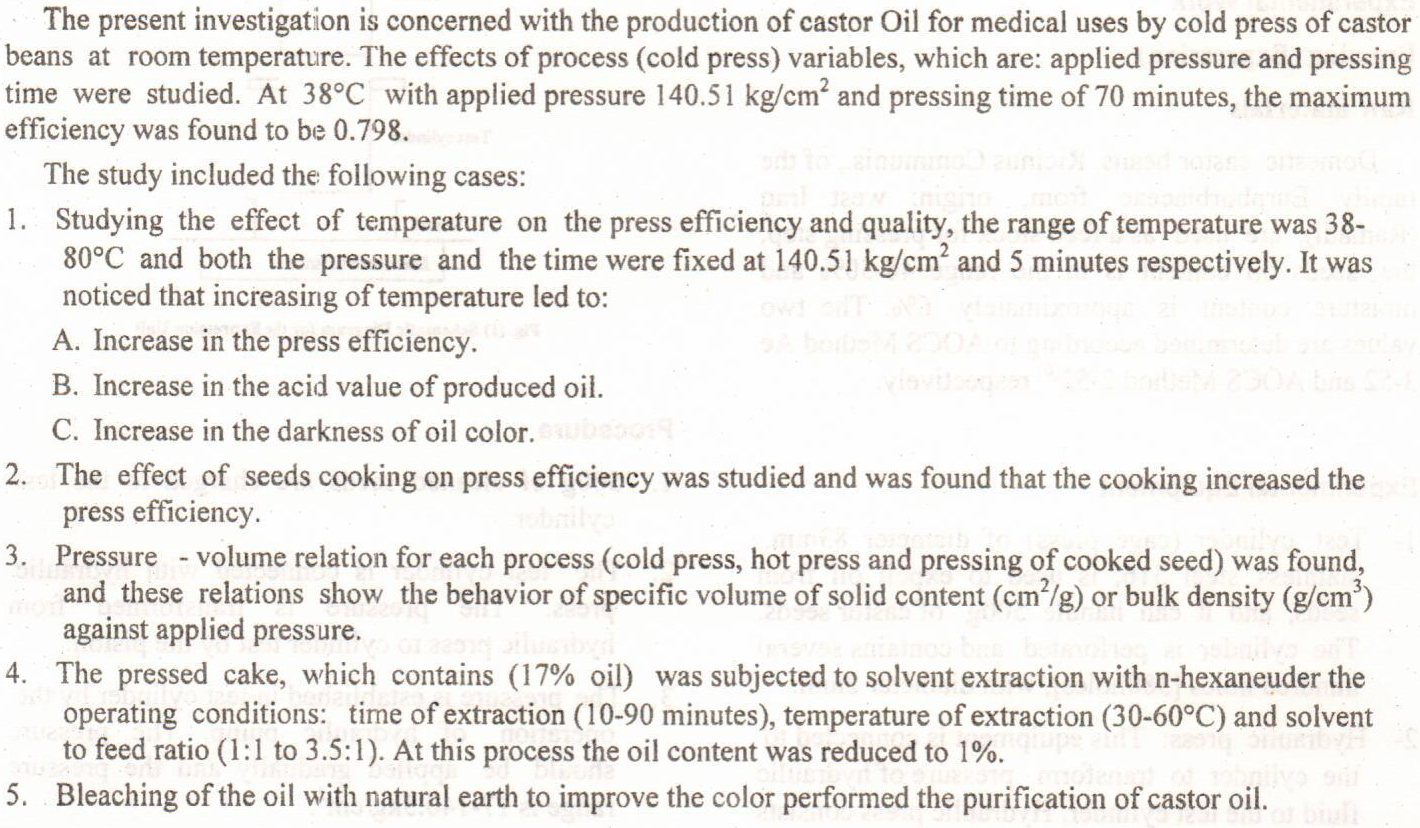
Intelligent or smart completion wells vary from conventional wells. They have downhole flow control devices like Inflow Control Devices (ICD) and Interval Control Valves (ICV) to enhance reservoir management and control, optimizing hydrocarbon output and recovery. However, to explain their adoption and increase their economic return, a high level of justification is necessary. Smart horizontal wells also necessitate optimizing the number of valves, nozzles, and compartment length. A three-dimensional geological model of the As reservoir in AG oil field was used to see the influence of these factors on cumulative oil production and NPV. After creating the dynamic model for the As reservoir using the program Petrel (2017.4), we
... Show MoreThe research aims to present a proposed strategy for the North Oil Company, and the proposed strategy took into account the surrounding environmental conditions and adopted in its formulation on the basis and scientific steps that are comprehensive and realistic, as it covered the main activities of the company (production and exploration activities, refining and refining activities, export and transport of oil, research and development activity, financial activity, information technology, human resources) and the (David) model has been adopted in the environmental analysis of the factors that have been diagnosed according to a
... Show MoreObjective: to assess the awareness and knowledge of our medical students regarding dose levels of imaging procedures and radiation safety issues, and to conclude how the curriculum of clinical radiology in the college medical program impacts such knowledge.
Subjects and methods: this is a cross-sectional study conducted among 150 medical students in Alkindy College of Medicine between January 2021 to July 2021, regardless of their age or gender. The study included six grades according to the year 2020-2021. A questionnaire consisting of 12 multiple-choice questions was conducted via an online survey using Google Forms. The questions were divided into two parts
... Show More (1)
(1)
And the necessity for the progress of modern societies Because the scientific and objective characteristics that characterize modern societies and distinguish them from traditional societies, Is represented by the extent of its innovative achievements in the theoretical, applied and material scientific and spiritual fields. It should be noted that quality and innovation in modern societies is based on two main pillars, Standard measures for measuring and evaluating innovations to achieve their high quality, And the dissemination of the culture of innovation to spread awareness of the importance and conditions of success, and this is done by the advanced industrial countries, However, despite the great disparity between developed industri
... Show MoreThe effect of different antibiotics on growth pigment and plasmid curing of Serratia marcescens were studied, S. marcescens was cultured in media containing(16_500)µg/ml of antibiotics, curing mutants unable to produce prodigiosin and lost one plasmid band were obtained of of ampicillin, amoxillin, antibiotics concentrations (64 500) µg/ml metheprim, ultracloxam, azithromycin, cephalexin and erythromycin treated with (350 500) µg/ml of The mutant cells rose- light color and and refampicin revealed S.marcescens inhibited ciprodar and tetracyclin, lincomycin did not lost the plasmid band chlaforan
The electrospun nanofibers membranes have gained considerable interest in water filtration applications. In this work, the fabrication and characterization of the electrospun polyacrylonitrile-based nonwoven nanofibers membrane are reported. Then, the membrane's performance and antifouling properties were evaluated in removing emulsified oil using a cross flow filtration system. The membranes were fabricated with different polyacrylonitrile (PAN) concentrations (8, 11, and 14 wt. %) in N, N-Dimethylformamide (DMF) solvent resulted in various average fiber sizes, porosity, contact angle, permeability, oil rejection, and antifouling properties. Analyses of surface morphology of the fabricated membranes before and after oil removal revealed
... Show More (15)
(15)
 (6)
(6)
Oily wastewater is one of the most challenging streams to deal with especially if the oil exists in emulsified form. In this study, electrospinning method was used to prepare nanofiberous polyvinylidene fluoride (PVDF) membranes and study their performance in oil removal. Graphene particles were embedded in the electrospun PVDF membrane to enhance the efficiency of the membranes. The prepared membranes were characterized using a scanning electron microscopy (SEM) to verify the graphene stabilization on the surface of the membrane homogeneously; while FTIR was used to detect the functional groups on the membrane surface. The membrane wettability was assessed by measuring the contact angle. The PVDF and PVDF / Graphene membranes efficiency
... Show More (1)
(1)
The petrophysical analysis is significant to determine the parameters controlling the production wells and the reservoir quality. In this study, Using Interactive petrophysics software to analyze the petrophysical parameters of five wells penetrated the Zubair reservoir in the Abu-Amood field to evaluate a reservoir and search for hydrocarbon zones. The available logs data such as density, sonic, gamma ray, SP, neutron, and resistivity logs for wells AAm-1, AAm-2, AAm-3, AAm-4, and AAm-5 were used to determine the reservoir properties in Zubair reservoir. The density-neutron and neutron-sonic cross plots, which appear as lines with porosity scale ticks, are used to distinguish between the three main lithologies of sandstone, limesto
... Show MoreThe calculation of the oil density is more complex due to a wide range of pressuresand temperatures, which are always determined by specific conditions, pressure andtemperature. Therefore, the calculations that depend on oil components are moreaccurate and easier in finding such kind of requirements. The analyses of twenty liveoil samples are utilized. The three parameters Peng Robinson equation of state istuned to get match between measured and calculated oil viscosity. The Lohrenz-Bray-Clark (LBC) viscosity calculation technique is adopted to calculate the viscosity of oilfrom the given composition, pressure and temperature for 20 samples. The tunedequation of state is used to generate oil viscosity values for a range of temperatu
... Show More (1)
(1)

